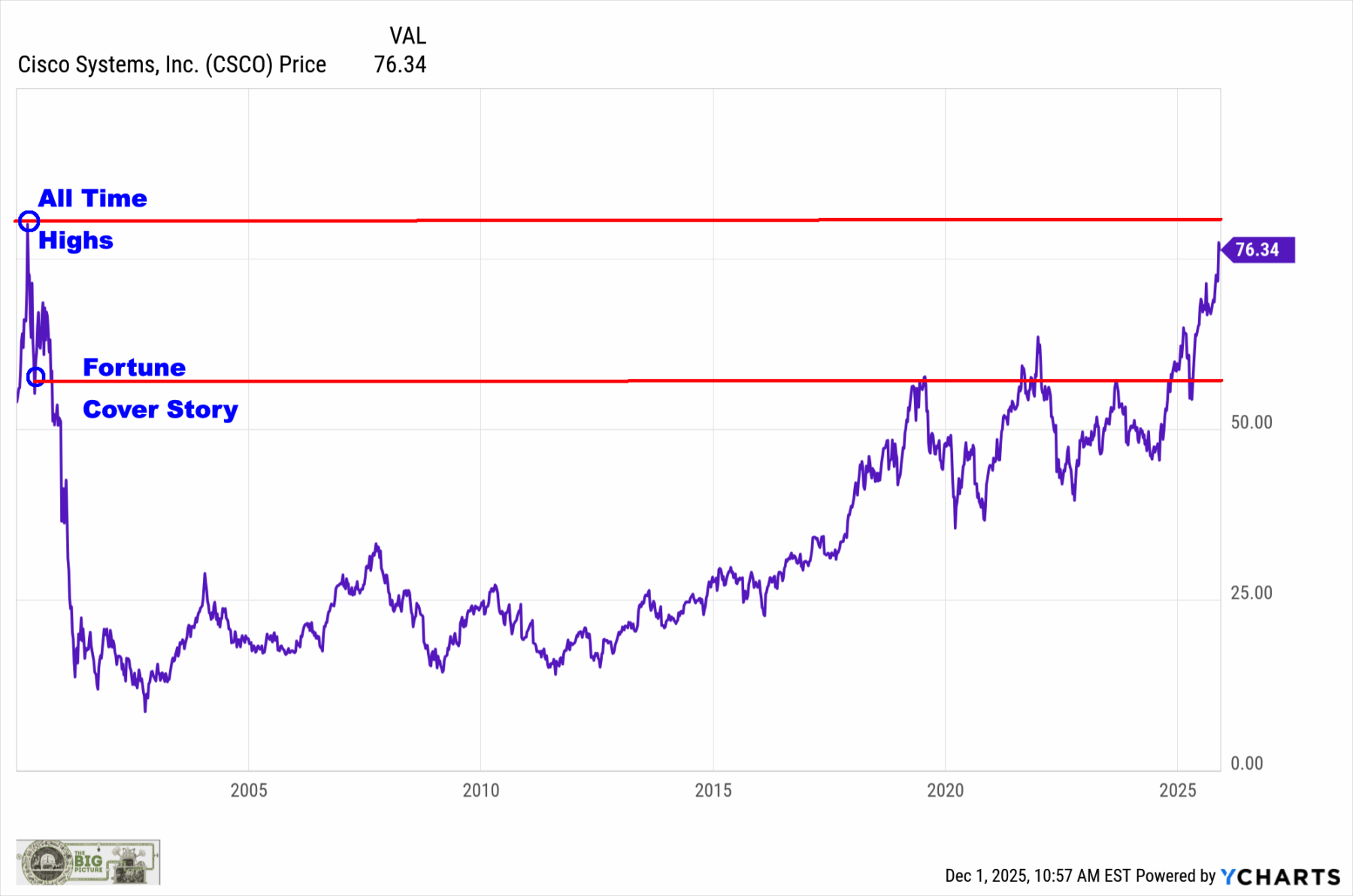I don’t remember when I first encountered Claudia Goldin’s work, but I do know that the first piece of hers that I read was her Ely lecture, titled, “The Quiet Revolution that Transformed Women’s Employment, Education, and Family.”
It blew me away.
And it blew me away not just because it was one of the first pieces of economic history I’d read, in contrast to the piles of economic theory I’d be working through, and not just because it was written with both beauty and clarity. What really hit me, then and now, and what is preserved in my enthusiastic marginalia from my first reading, is that Goldin was describing–with extraordinary accuracy–my life and the lives of generations of women in my family, for as far back as I knew my own history.
Goldin’s “Phases of Evolutionary Change” could have been taken straight from conversations I had with my grandmothers and my mom.
Her “Phase I: Late-Nineteenth Century to the 1920s—The Independent Female Worker” described women who “were often piece workers in manufacturing or labored in the service sector as domestics and laundresses.” This was my great-grandmother Sarah, a Jewish immigrant from Poland, who spoke little English and worked as a piece-worker and seamstress out of her apartment in Brooklyn.
Golden’s “Phase II: 1930s to 1950—Easing the Constraints on Married Women’s Work” describes my grandmother Ida, who graduated from high school on the eve of the Great Depression, but found work as a teller at the Federal Reserve Bank of New York. Goldin writes of this group of women that, “the increased demand for clerical workers and the increased supply of high school graduates meant that, prior to marriage, young women entered nicer, cleaner, shorter-hour, and thus more “respectable” jobs. Some remained employed after marriage, although levels were insubstantial until the 1940s.”
It’s a tidy depiction of very precise details of my grandmother’s life that includes, in a few words, the fight she had with her mother when she wanted to go into nursing (which was not a nice, clean, respectable job), the importance of my grandmother’s high school diploma for obtaining work, and her decision to leave her job shortly after she was married, when she and my grandfather began to plan a family.
Goldin’s next phase, “Phase III: 1950s to 1970s—Roots of the Revolution” is my mother Midge’s life. Mom was the first woman in her family to attend college. She studied biblical history, but was told that she could never expect to have a career as a minister. So she took an M.Ed from Harvard and went into teaching special education. It was a career she kept until she and Dad began a family. The pregnancy bar meant she could no longer teach in public schools, so Mom did some tutoring and volunteering and stayed home with the three kids until we were all in school. Then she began an entire second life–with a career rather than a job–as a director and then minister of religious education in the UU church.
Goldin describes my mom and her cohort this way, “Even though many would eventually be employed for a significant portion of their lives, their expectations of future employment, when they were young, were quite different. Women born from 1931 to 1940, for example, were eventually employed for more than 40 percent of their post-schooling years… Most of these women had anticipated brief and intermittent employment in various jobs, not generally in a career. Some trained for the remote possibility that they would have to support themselves later in life. College, for many, was a way to meet a suitable spouse rather than a way to embark on a career.” But as the world changed women like my mom changed to meet it.
And Goldin’s final phase? That’s me. She describes members of “The Quiet Revolution—Phase IV: Late 1970s to the Present” as assuming that they will have careers rather than jobs, as establishing themselves as professionals “making a name for themselves” before making a decision about whether to take a spouse’s name, as being better prepared for college by their high school classes, and better prepared for their careers by their college choices. But most importantly, my generation assumes that much of our identity will come from the work we do. “Rather than jobs, most see employment as part of a long-term career. Most perceive their work as a fundamental aspect of their satisfaction in life and view their place of work as an integral part of their social world. They have added identity to their decision about whether to work or not to work given changes in wages and incomes.”
The appeal of economics, for me, has always been the way it serves–when done well–as a way to see how the world works, rather than how we think it ought to work, or could work, or might be able to be made to work. Goldin’s “Quiet Revolution” did that. And it did all that by applying rigorous economic thinking to women’s history, my history, the history of the women in four generations of my family. I read Goldin, and I felt economics come alive.
And then I mailed a copy of her article to my mom.















